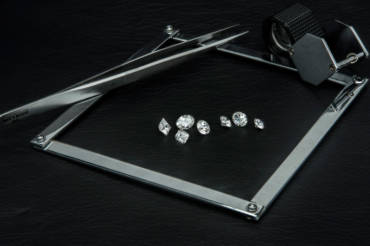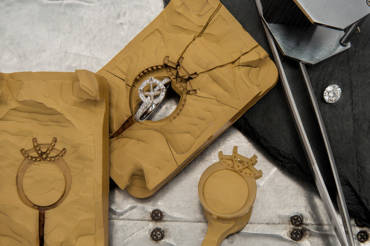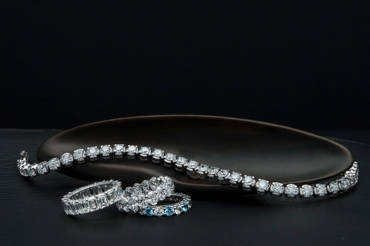How to Choose the Right Diamond
An ideal cut diamond will reflect light from the many combinations of crown and pavilion angles to show its brightness and fire. Cuts too shallow lose light through the bottom causing the diamond to lose its brilliance. Cuts too deep cause light to escape from the sites making the diamond appear dull and dark.
Carat is the term used to express the weight of a diamond, with one carat equaling 200 milligrams of actual weight. Usually abbreviated ct., diamonds are measured in terms of weight, not size. The heavier the diamond, the greater the carat weight. Carat weight should not be confused with “karat,” the term used to describe the purity of fineness of gold.
A diamond can divide light into a spectrum of colors and reflects light as color flashes called fire. The less color in a diamond, the more it affects the brilliance of the diamond. The diamond color grading scale varies from totally colorless to light yellow. The differences between one diamond color grade and another are very subtle and difficult to distinguish by the untrained eye.
Diamond clarity refers to the absence of internal inclusions or external blemishes. Because they are created deep within the earth, most diamonds contain unique birthmarks called inclusions (internal) and blemishes (external). Diamonds with very few birthmarks are rare and, of course, rarity affects a diamond’s value.





